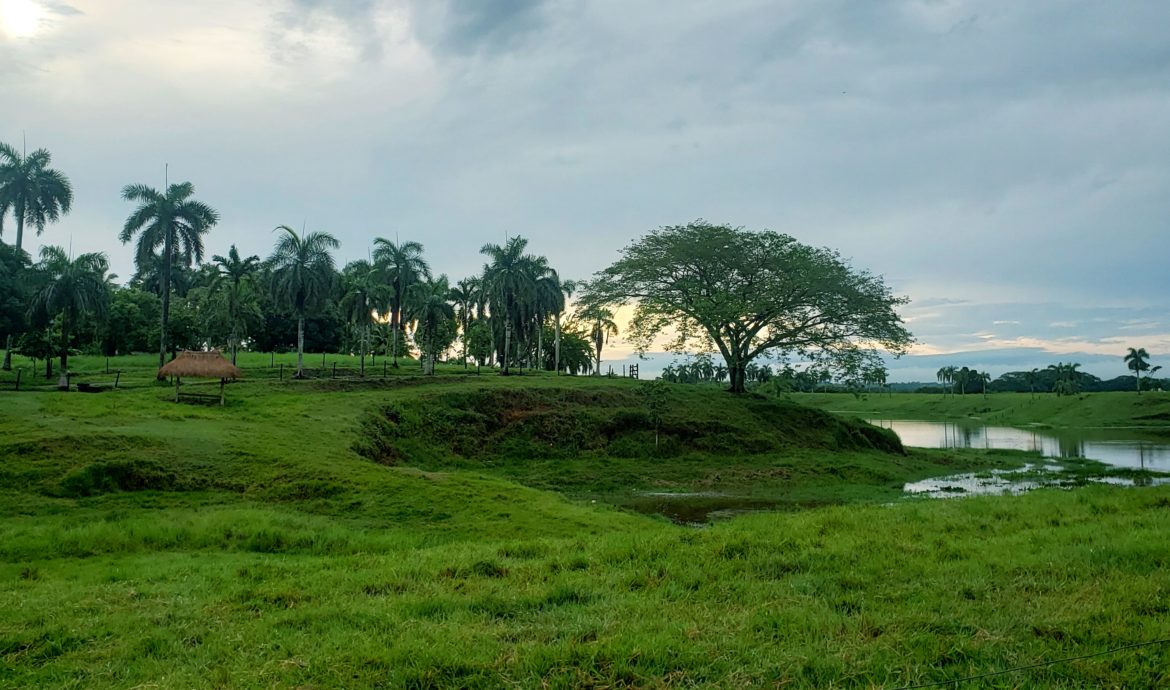
¿La ruta es segura?
ColombiaThe steam from the river refracted the sunrise, lending a surreal glow to the palms, banyans, stilt houses and fishing docks that lined the banks. Wisps of fog cloaked the mountains that I was inching toward, fluttering in and out of sight with each roll and curve in the road. This terrain was heavenly compared to the flat coastal region I had left behind, but the people weren’t smiling the same way the costeños did. They seemed tentative to wave or to talk to me, burdened by something they didn’t want to speak about, and I was scared to ask about.
When I had researched the towns in the Bajo Cauca that the carretera passes through, I noticed some unsettling reports in Colombian newspapers. “Masacran a cuatro personas en zona rural de Cáceres.” Massacres? “No cesan desplazamientos y homicidios en el Bajo Cauca.” Displacements and homicides? “Los negocios amanecieron cerrados como reclamo ante los hechos violentos en el El Doce.” Businesses shuttering in response to violence? Turns out, drug traffickers and paramilitaries are still alive and kicking in the area. In particular, two rival gangs, el Clan del Golfo and los Caparrapos, remnants of the AUC and FARC, were disputing territory and perpetuating the decades-old cycle of entrepreneurial violence in Colombia.
“My understanding – and I should say that I am not intimately familiar with the area – is that the region is dominated by actors using violence to protect their illegal business interests,” a friend in Medellín told me. “If you are not impacting those businesses, then they are probably not interested in you.”
Another friend told me about her uncle, who used to own a hacienda in the area. He had to cut deals with the groups to pay them tribute and allow passage through and use of his land. If he refused, they would either sequester his land outright or threaten violence. And making deals with one organization would naturally put him and his property in the crosshairs of a rival organization. “He lost all his hair from the stress,” she said. “He ended up selling his property and moving to Medellín.”
As if paramilitaries and narco-traffickers weren’t enough, an environmental disaster threatened the communities in April of last year. The new, massive, supposedly state-of-the-art, hydroelectric dam in the above foothills had ruptured and was nearing collapse. 2,500+ families were temporarily evacuated from the town of Puerto Valdivia and neighboring communities due to the resulting floods from the Río Cauca; that same massive river I was watching sulter through the pampas.
The Hidroituango Dam didn’t fully collapse, but many of those evacuated families didn’t return. Politicians and media fumed for months with accusations of corruption, inept design, and disregard for environmental regulation. Even a year later, I saw the inspector general on the news reporting that the government is still not in complete control of the dam. Meanwhile, gangs rushed to take control of newly vacant properties, exacerbating the armed conflict.
Having learned all this, I arrived in the town of Caucasia, at the beginning of the region, controlled by consternation. I had reluctantly prepared to take a bus, if needed. My plan was to ask the police what they thought, since they would know best about the risks. And frankly, after a blistering hot day that had sapped all my energy, I was starting to think I wouldn’t mind an excuse to take a bus.
I asked the hotel receptionist what she thought. “No. Muchos malos allá,” she told me, “Creo mejor para evitar.” Better to avoid. What was left of my will sank.
The hotel was next to a police station. It might as well have been an army base – the area was swarming with police in body armor and camouflage, each carrying automatic rifles, among other weapons. I approached a group of five, a couple of whom looked younger than twenty.
I repeated my question several times to make sure that they understood my español and my plan. Repeatedly, they reassured me. “Es segura si va por día. Estamos en todos lados. Tranquilo, tranquilo. Buen viaje.” Shaking hands with each of them, my spirits resurfaced. Maybe I could do this.
Starting with the sunrise, I moved my knife to an accessible position on my handlebars and rehearsed what I might say to a bandito, rehearsing ridiculous stories, threats, and insults that might deter the bad guys. It was good español practice, but I didn’t have to use any of them.
In fact, the greatest danger in Bajo Cauca turned out to be a limp tree branch, which splintered at just the wrong moment and crashed onto my handlebars, sending me into a skid through the mud on the shoulder of the road. ¿Enserio? Did a tree actually just fall on me? A little bruised, I sat down to rest. I awkwardly bandaged my elbow and made a few adjustments on my bike. What could I have possibly done to prevent that?
The absurdity of the tree branch accident put Bajo Cauca into perspective. Life isn’t safe. Riding a bicycle across a continent isn’t safe. And I won’t be able to control everything, but I can be as prepared as possible, be it with a first aid kit and bike tools, or with information from local police. But if I treated remote risks as non-negotiable roadblocks, I wouldn’t have seen the beauty of the sunrise over stilt houses on the Río Cauca. I wouldn’t have caught my first glimpse of the mighty Andes from the saddle of my bicycle, or experienced the slow approach into the mountain range where I’ll be spending the rest of the trip.
I wouldn’t have seen the weary emotion in these people’s eyes, and I don’t know if I would have even understood that there are real, beautiful people living here, not just narcotraficantes, paramilitares and banditos. And after all the reading, watching, listening, and learning about Colombia’s violent history, no lesson was more poignant than seeing that history in these people’s eyes. Mi corazón se rompe por Bajo Cauca.
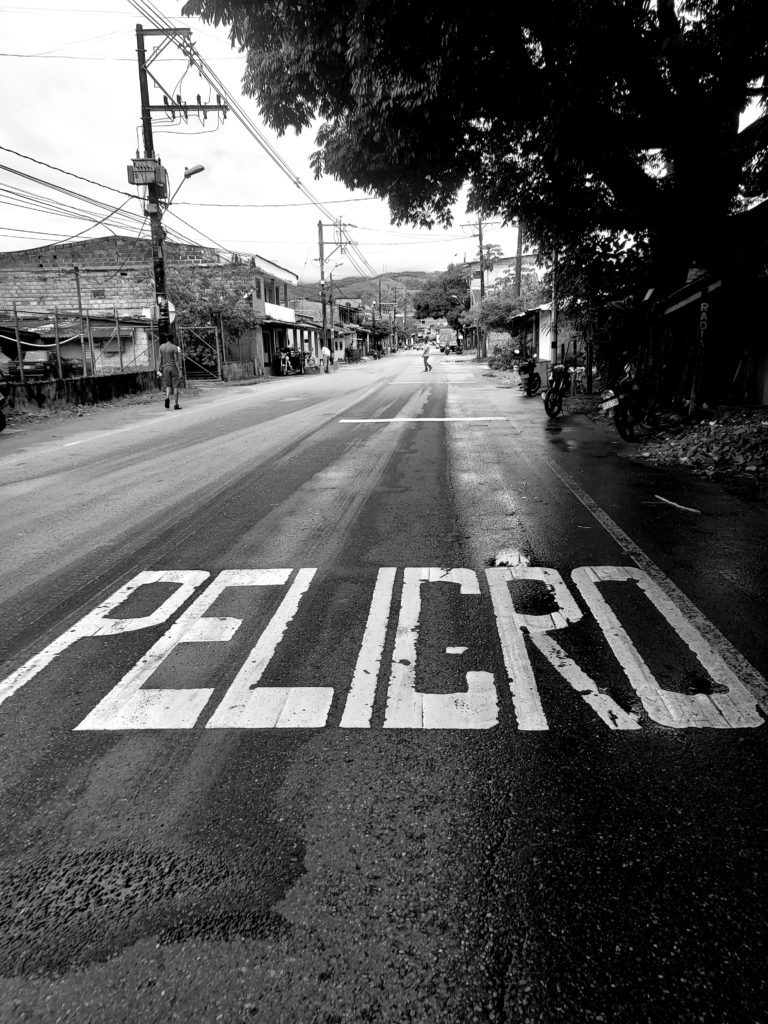
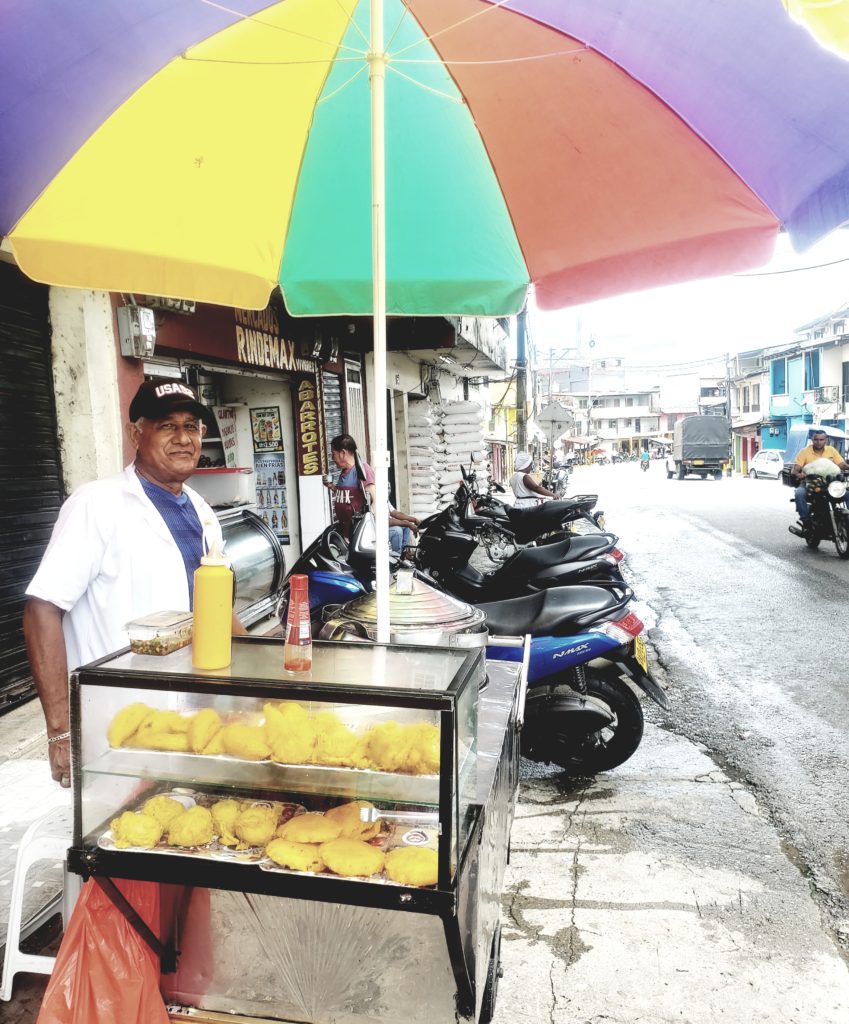
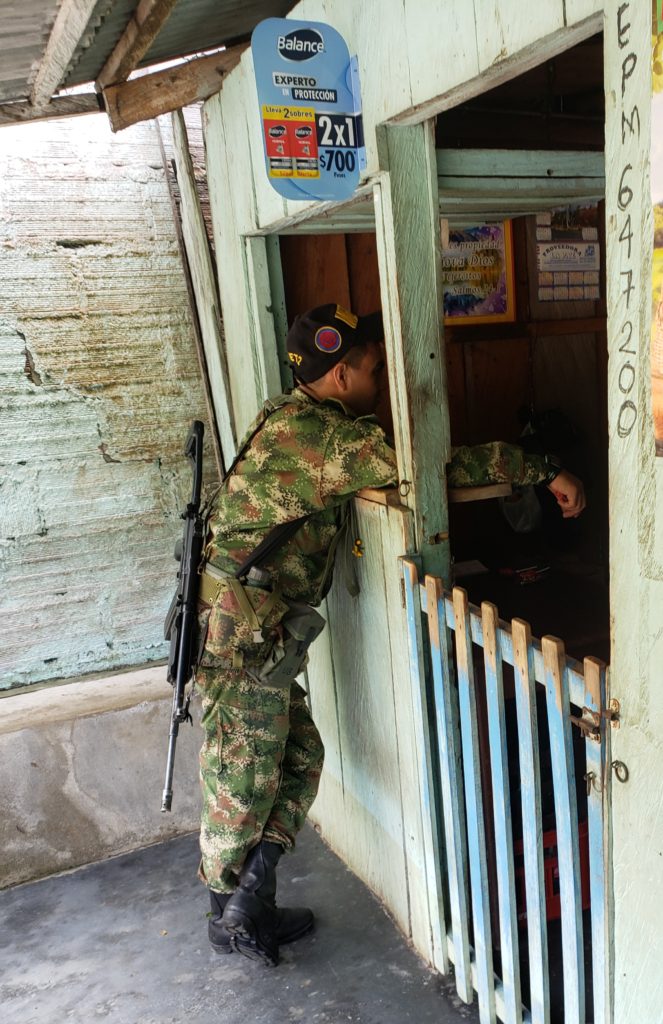
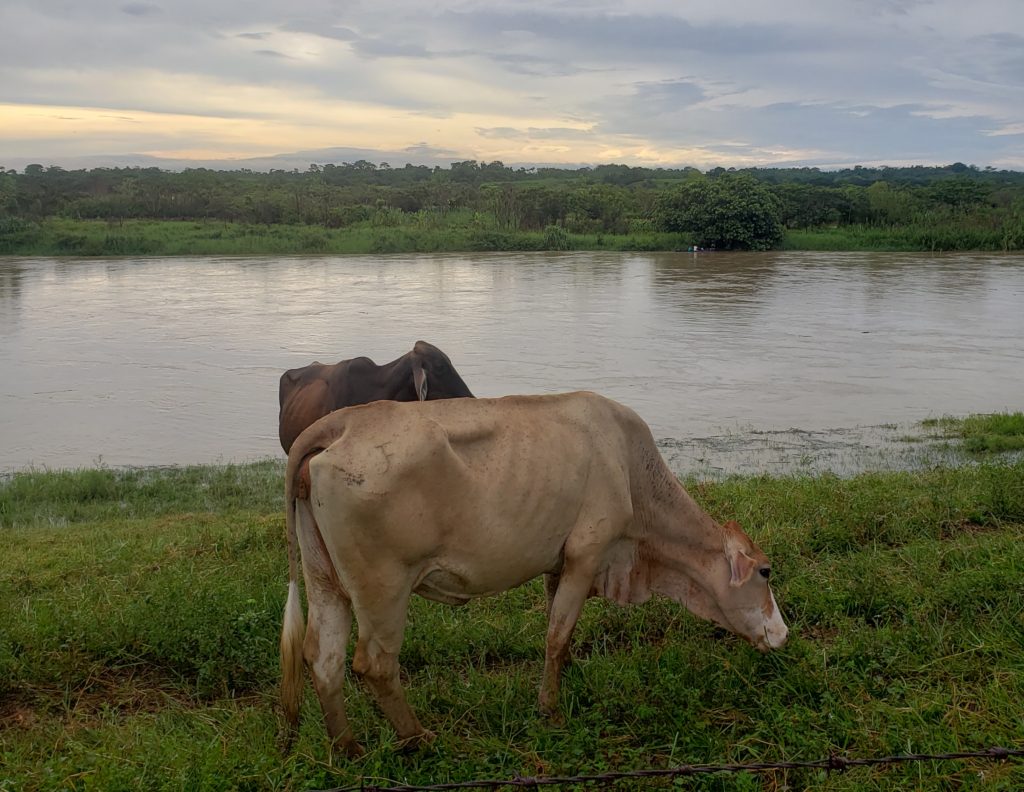
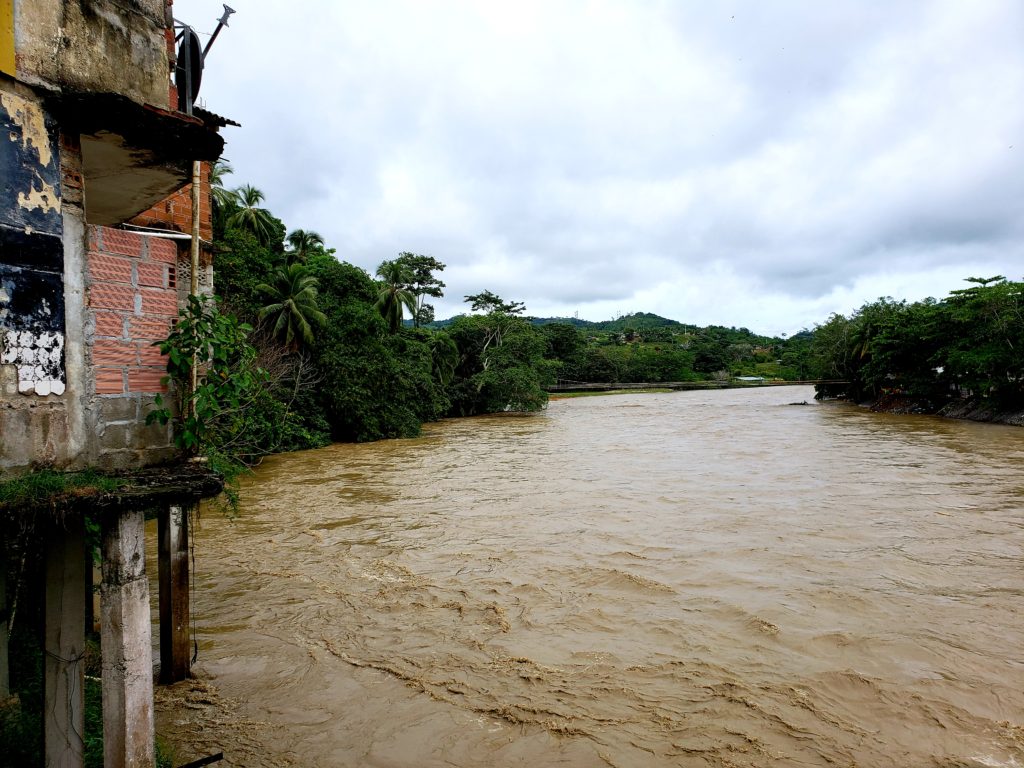
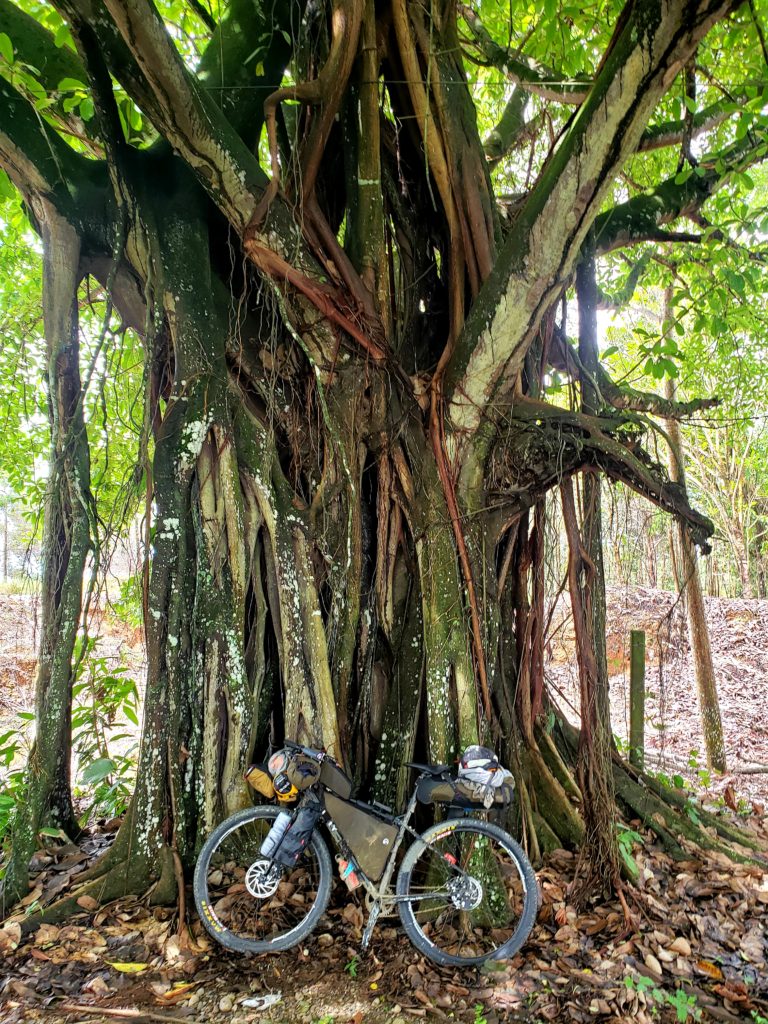
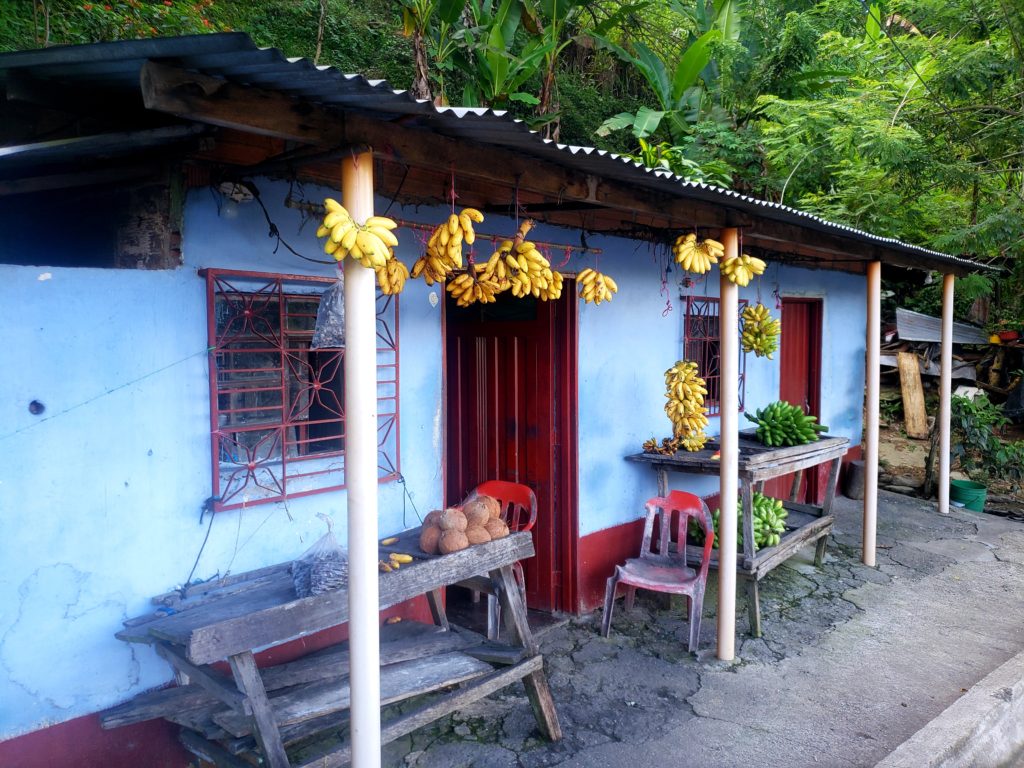
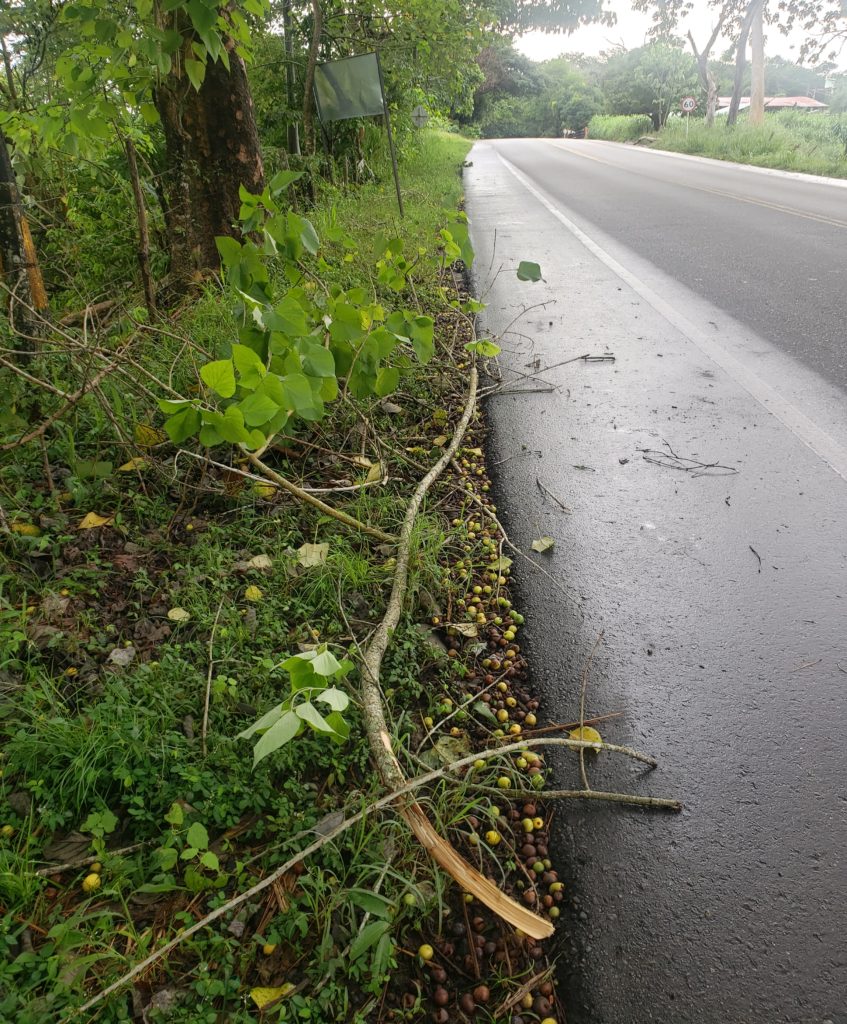
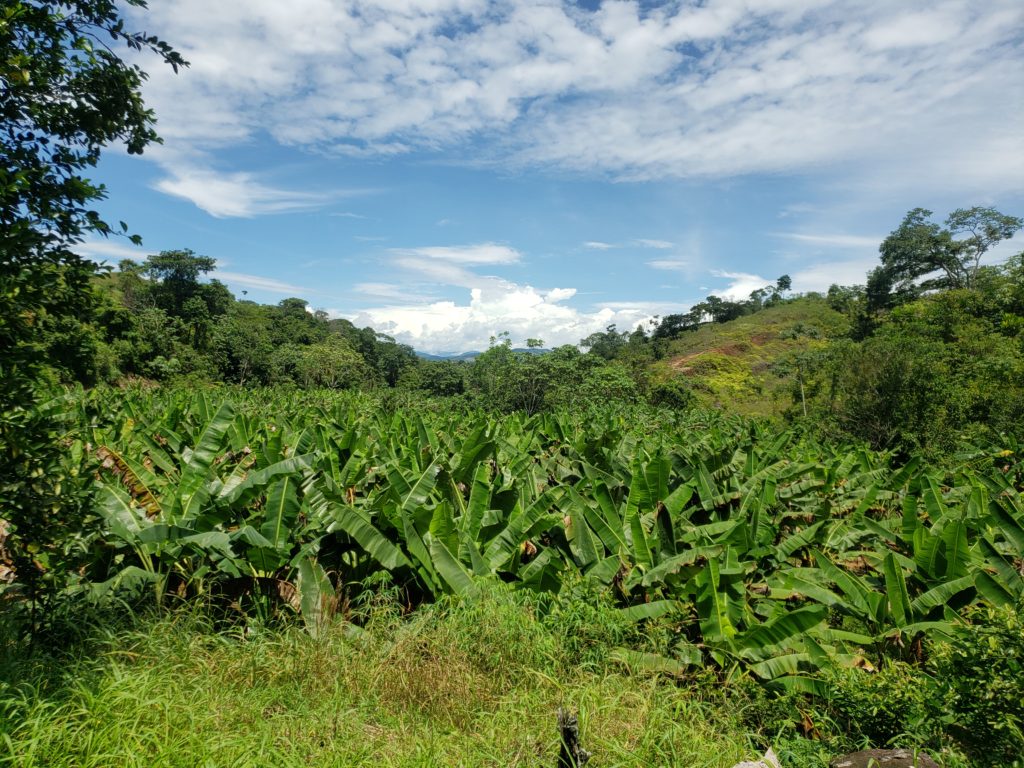
Archives
Calendar
| M | T | W | T | F | S | S |
|---|---|---|---|---|---|---|
| « Mar | ||||||
| 1 | 2 | 3 | 4 | |||
| 5 | 6 | 7 | 8 | 9 | 10 | 11 |
| 12 | 13 | 14 | 15 | 16 | 17 | 18 |
| 19 | 20 | 21 | 22 | 23 | 24 | 25 |
| 26 | 27 | 28 | 29 | 30 | 31 | |